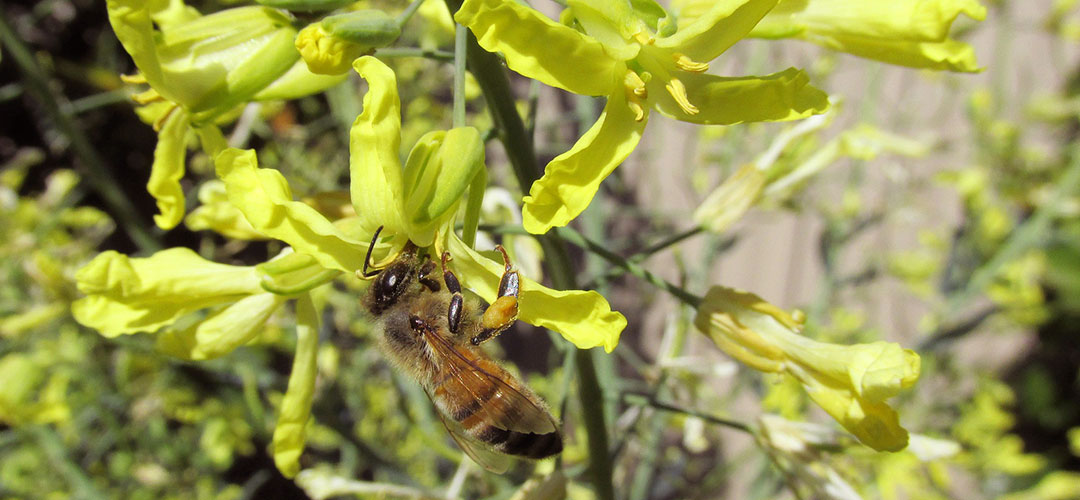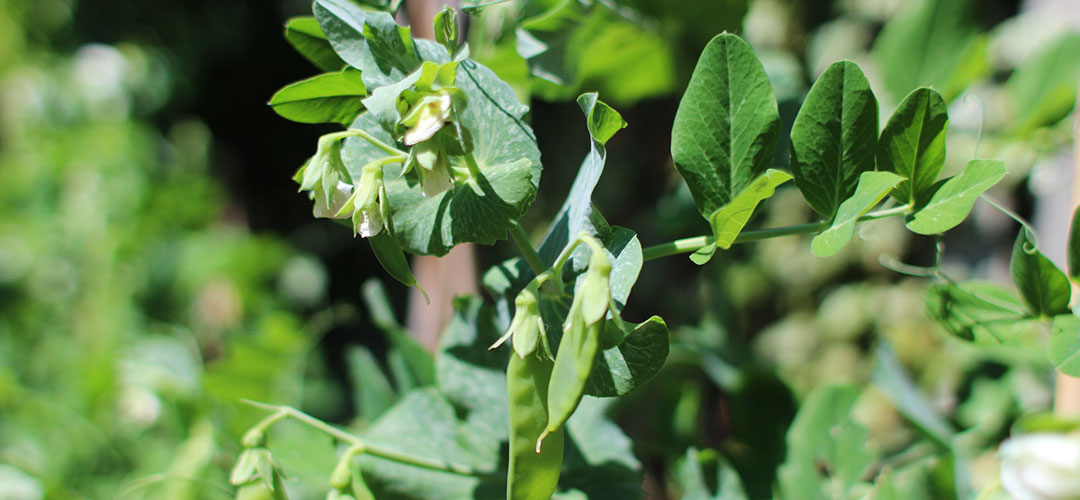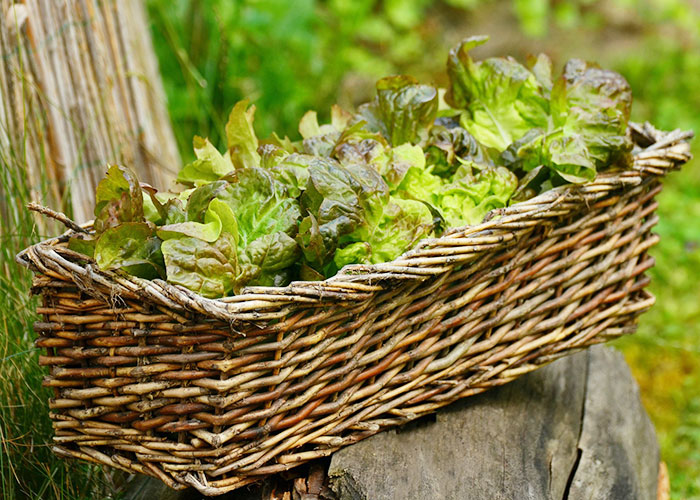Harvest Season is Every Season: Don’t Miss These Early Bonus Crops
Most of us have been trained to think in terms of linear systems, and new vegetable gardeners often start out trying to garden in a straight line: plant in the spring, water through the summer, harvest in the fall, wait out the winter, then purchase new seeds or seedlings and start over. There’s a lot of waiting involved in that process, and there can be a lot of expensive inputs (materials/resources brought in from outside your garden like amendments, fertilizers, water, etc.) too. But gardens don’t really work like that, or at least they don’t have to.
Being natural systems, gardens are inclined towards chaotic and abundant cycles rather than orderly lines. Once you understand the cycles of your vegetables’ lives, you can spend a little less time waiting around, and a lot more time enjoying the natural abundance that happy plants just keep on offering. You can start by recognizing and enjoying the spring-harvest crops you may already be growing without even realizing it. How many of these early-season specialties have you enjoyed so far this spring harvest season?
"Once you understand the cycles of your vegetables’ lives, you can spend a little less time waiting around, and a lot more time enjoying the natural abundance that happy plants just keep on offering."
 Kale Flowers
Kale Flowers
If you left your fall kale in the garden over the winter, chances are it has gotten very tall by now and started producing prolific yellow flowers. If you can spare the space, keep them and enjoy them! Kale and broccoli are actually two varieties of the same species (Brassica oleracea) and kale flower buds are very similar to the broccoli raab you might see on a gourmet restaurant menu. Try them raw in salads, stir-fried, barbequed, or roasted. Once the flowers fully open, the nectar they produce adds a lovely layer of sweetness, and they add cheerful color to spring salads.
 Pea Shoots
Pea Shoots
This is another “fancy” delicacy that is really just a bonus crop our plants naturally offer. Once your peas are off and running (think a couple of feet high and growing strong), they won’t mind if you pinch off a few shoots here and here. In fact, a little light herbivory can encourage them to grow with even more gusto.
Overwintered or spring-sown fava beans also make delicious greens. If you harvest them by pinching them down from the top, much like you would harvest basil, they will develop a robust, bushy growth habit. They won’t flop over on you so much as they grow, and may well produce more beans in the end since they’ll have multiple side shoots instead of focusing their energy on that single tall stalk.
"A good general rule for the likes of greens and radishes is that if their tops are touching, their roots are starting to crowd each other."

“Thinnings Salad”
There’s a lot of discussion about succession planting, and we are here for it! Succession planting of a single crop means sowing it on a regular basis, usually every 1-2 weeks, for a continuous harvest. But even if you don’t have space or time for that kind of meticulous planning, you can still reap multiple harvests even from a single sowing. Don’t be afraid to plant densely (in other words, don’t stress so much about those spacing charts), and just harvest every time your plants start to look crowded.
A good general rule for the likes of greens and radishes is that if their tops are touching, their roots are starting to crowd each other. Maybe a dozen tiny lettuce seedlings can happily share the space that one mature head of lettuce will eventually take up. Go ahead and plant seeds for all twelve, or at least six or so. That way you get to harvest “microgreens” early on, “baby” sized leaves a little later, and finally full heads, all from the same space, and all at different times.
And, there's no need to restrict yourself to the leafy greens typically sold in salad mixes. While radish leaves tend to get fuzzy as they mature, baby radish leaves are fuzz-free and quite tasty. Even bean, squash, cucumber, tomato, and pepper leaves are perfectly edible, should you find that you planted any of those too close together.
While you’re at it, why not throw some tasty edible weeds in there too?
"...there are plenty of other amazing edible flowers that tend to grow downright riotously in the spring. It’s just that most people don’t realize you can eat them!"
 Edible Flowers
Edible Flowers
We already mentioned kale flowers above, but there are plenty of other amazing edible flowers that tend to grow downright riotously in the spring. It’s just that most people don’t realize you can eat them! Other possible “bonus crops” left over from last year’s garden might include arugula and radish flowers, or even flowering side-shoots from last year’s fava bean plants if you left the roots in the ground.
Once this spring’s peas and favas start to flower, the blooms make beautiful and delicious treats. Many of our gardens are also graced with borage, calendula, or California poppies, whether we planted them or not, and all of those are edible.
If you have an orchard of any size or some flowering shrubs and trees, you might have access to even more delightful floral treats: The flowers of apples, plums, cherries, and many other fruit trees are edible, as are some common ornamental flowers like magnolias and lilacs.
Once we embrace a mindset of abundance and learn where to look, we discover that most of our gardens are brimming with tasty treats to harvest, throughout most of the year.
